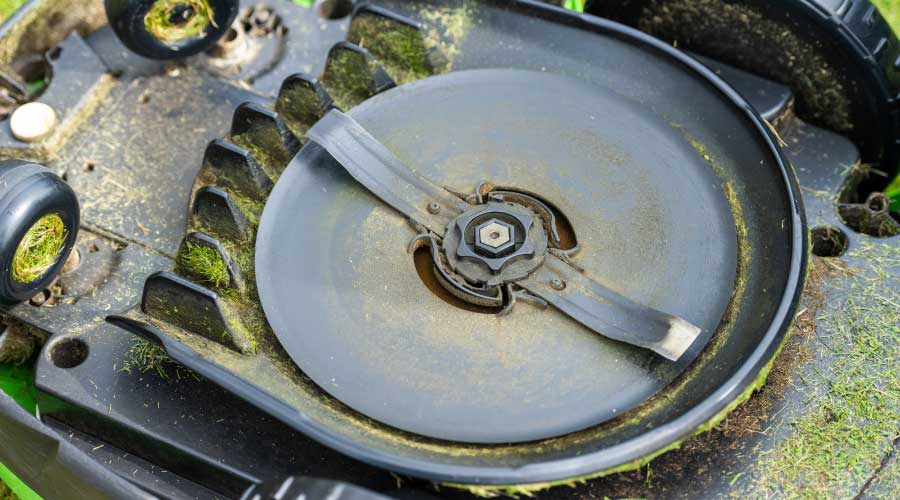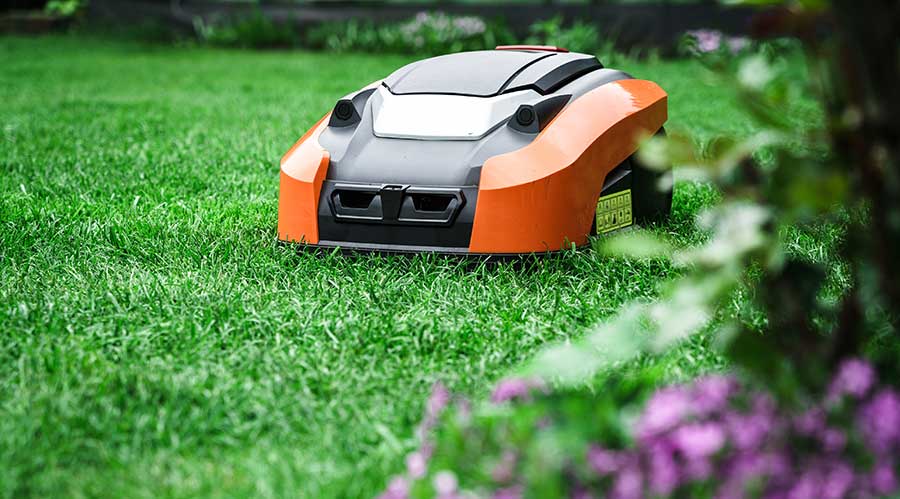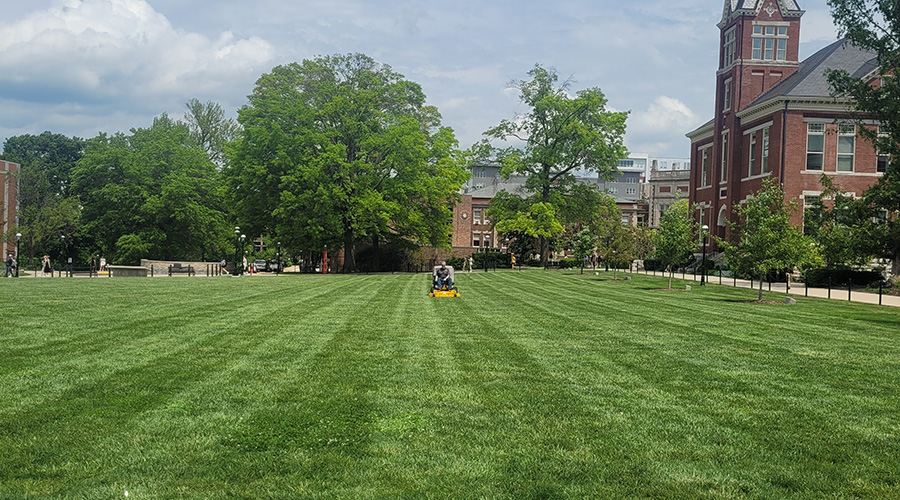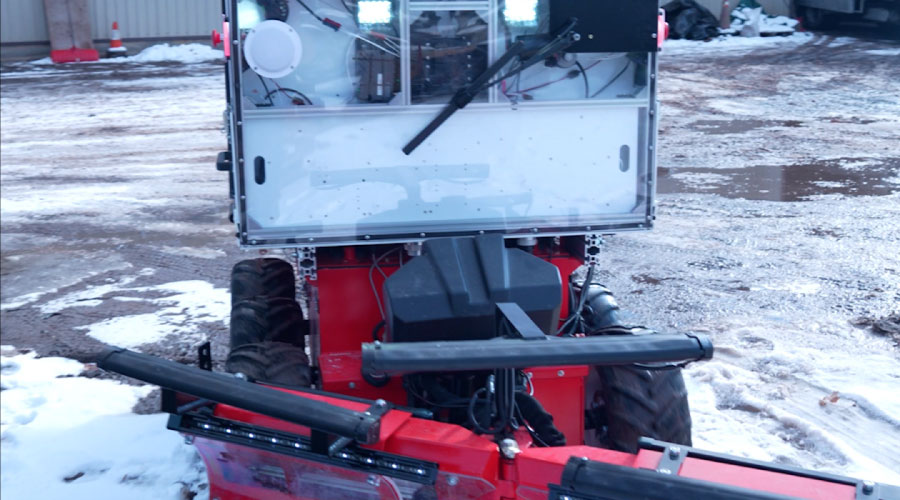Asphalt Repair Options
Common asphalt repairs include resealing the surface, sealing cracks, applying cold- and hot-mix patches to potholes, and applying skin patches. A hot patch is more permanent than a cold patch and might be necessary during cold weather to temporarily repair a hole in a road surface.
Workers can make cold-mix patches by sweeping up loose rubble, using compressed air to blow away residual materials, applying a primer, and pouring the cold mix from bags into the hole. The final step is tamping with a hand tamper, air-powered tamper, or gas-powered vibrating tamper. The thicker the patch, the more compaction passes are needed.
Because hot-mix patches are intended to be more permanent than cold-mix patches, they tend to require more preparation work.
First, the worker must dig out the hole with pick and shovel or air-operated pavement breaker to square the sides and bottom to a uniform depth of at least 5 inches. Gravel is replaced to bring the depth to 3 inches and tamped using a hand or power tamper. The hot-mix asphalt fills the top 3 inches. The worker then rakes the patch evenly to 1 inch higher than the adjacent pavement.
The next step is to tamp the asphalt with a hand or powered tamper or roller to a level slightly higher than the adjacent pavement. This allows for further compaction by traffic without creating a depression, which can collect water.
Where alligatoring affects large surface areas or fine cracks cover large areas, one proven remedy is a skin patch. One to three workers can apply a sealer coat to the area after cleaning all loose rubble from the surface. Next, they apply a 1-inch-thick layer of hot-mix asphalt and rake it out evenly with a wide asphalt rake. Next, they tamp the hot-mix surface using a powered roller to ensure good compaction. Skin patches are appropriate only when the base is solid and properly graded for water runoff.
Utility cuts made to access underground natural gas, electricity, water and sewer lines leave an opening in the surface that will require repairs. Since workers made the cut using an abrasive saw, the sides already are uniform. Filling a cut in a concrete street requires a tamped gravel base, a 5-inch concrete layer, while a cut in an asphalt street requires a 3-inch top layer of asphalt that is tamped and rolled.
On asphalt surfaces, at joints and along curb lines between the concrete curb and asphalt, one proven PM technique is to apply a sealant over areas such as drives, walks, and parking lots, as well as at the juncture of the asphalt and concrete curbs after the surface has weathered about one year. This quick, often-overlooked repair prevents water migration into the surface or joint.
Thomas A. Westerkamp is a maintenance and engineering management consultant and president of the work management division of Westerkamp Group LLC.
Related Topics:













